Lecce
Florence of the South
HD Pictures
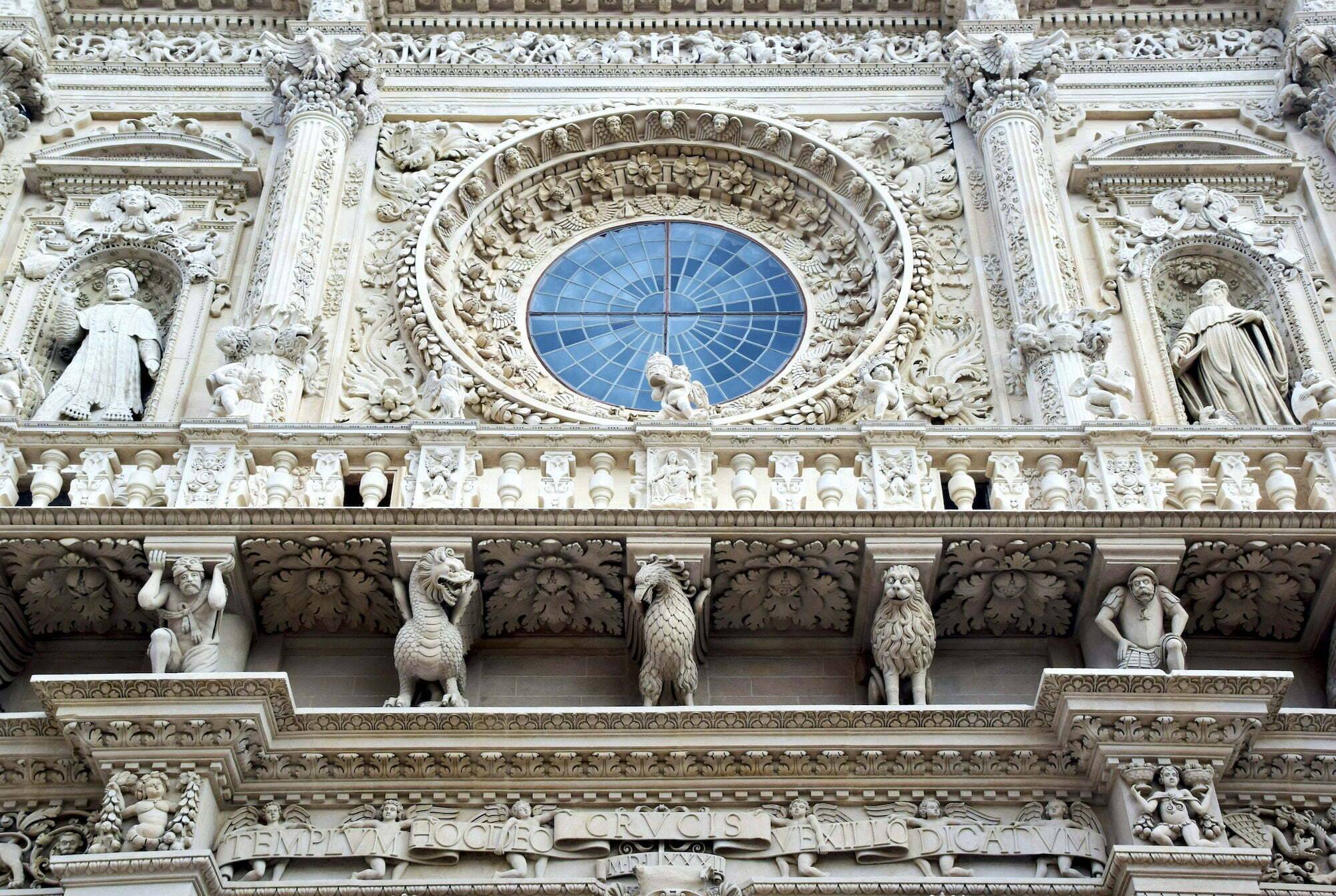
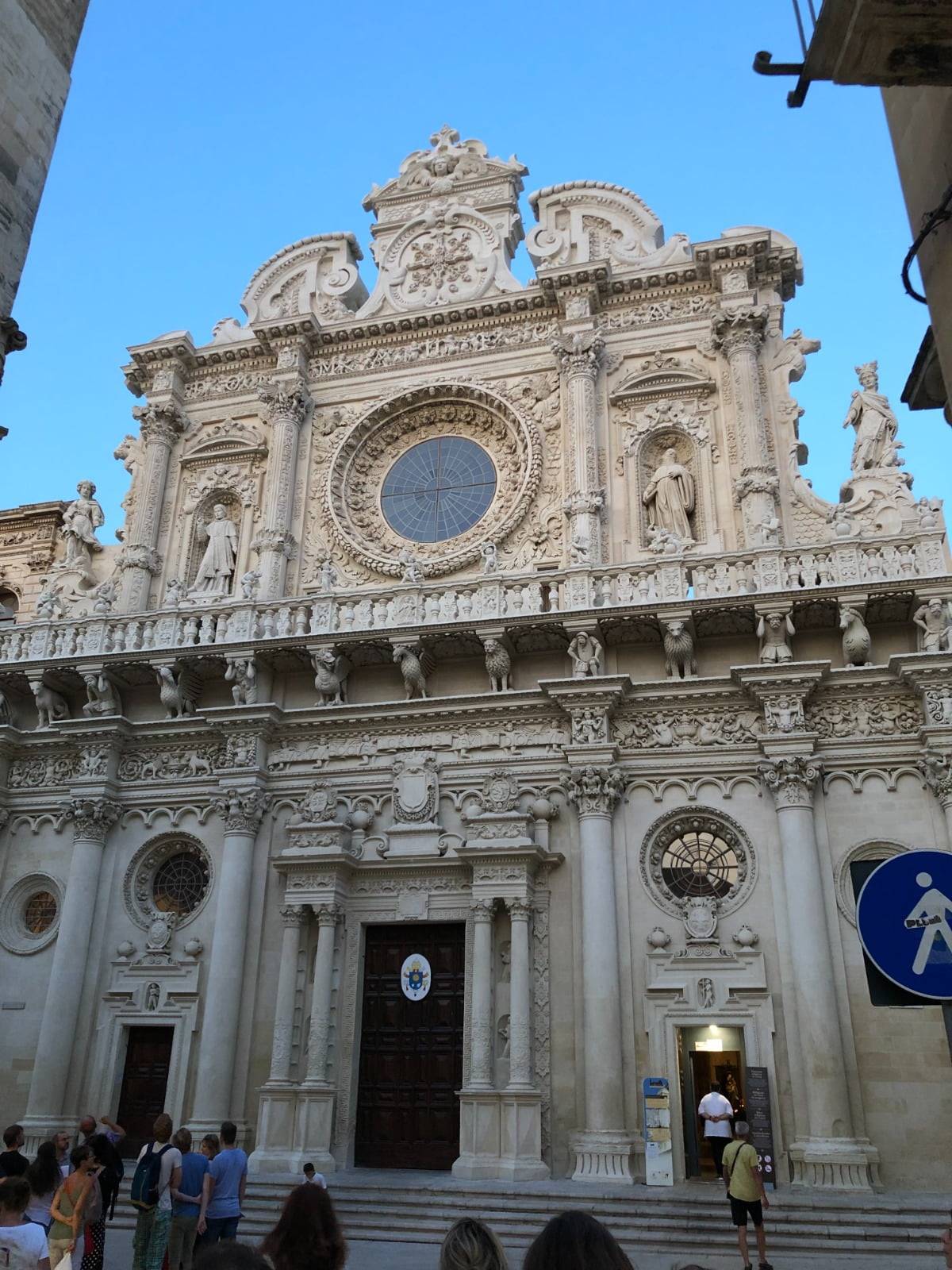
The Lecce Basilica of Santa Croce
A masterpiece of Baroque architecture that captivates with its intricate façade adorned with ornate carvings and sculptures. This grand church, known as the “Baroque pearl of the South,” stands as a striking example of the city’s artistic prowess, reflecting the flourishing Baroque style that flourished during its construction in the 17th century. The basilica’s lavishly embellished interior and its role as a repository of local history and art further solidify its place as a cultural gem in the heart of Lecce.
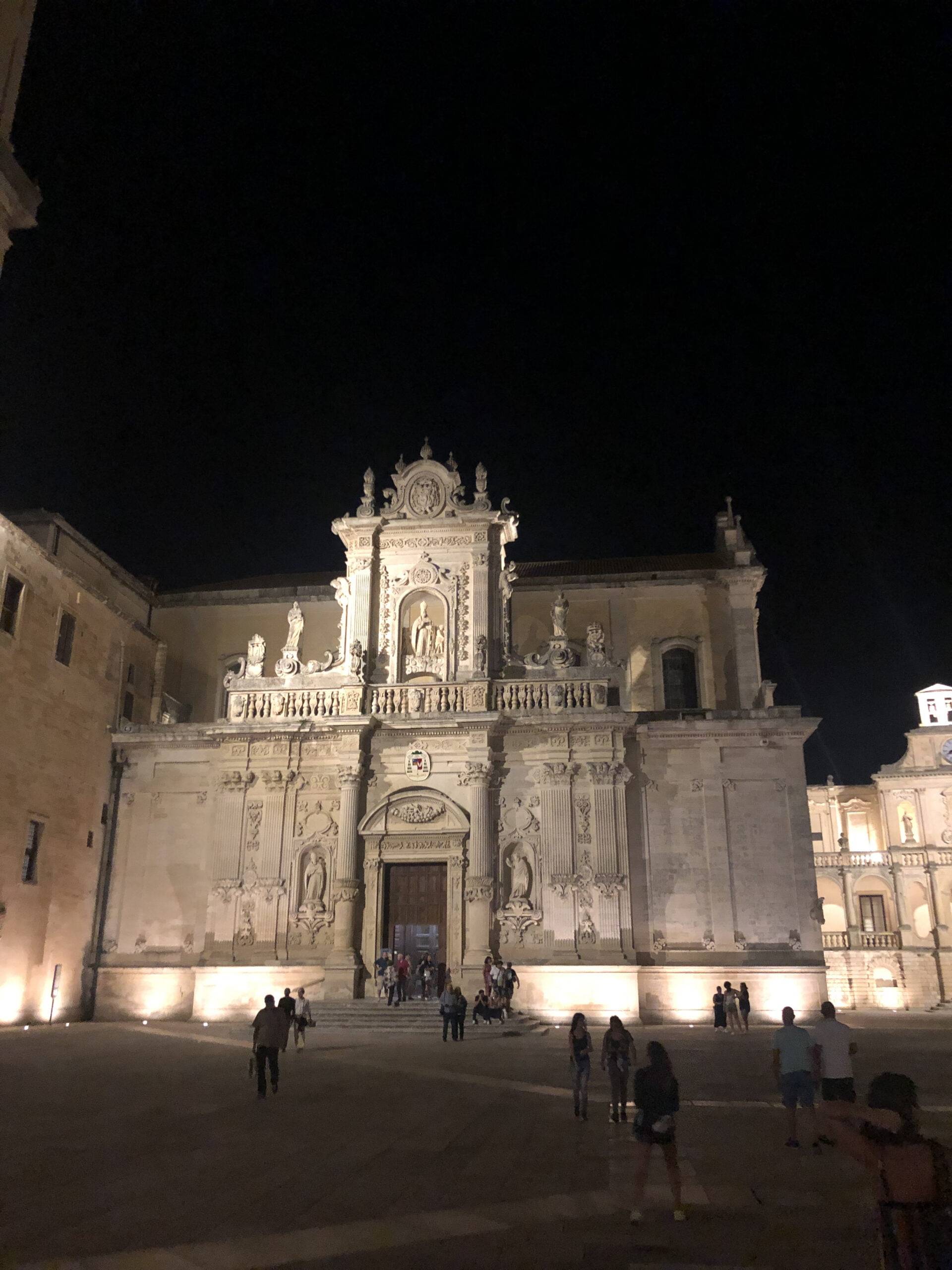

The Lecce Cathedral
Commonly referred to as the Duomo of Lecce, is a captivating architectural wonder nestled in the heart of Lecce, Italy. Built between the late 17th and early 18th centuries, the cathedral is a prime example of the city’s celebrated Baroque style. Its elaborately adorned façade, adorned with intricate carvings of biblical scenes, saints, and heraldic symbols, showcases the unparalleled craftsmanship of the era. The cathedral’s imposing bell tower and the central rose window further enhance its visual splendor.
Second Image credit: Velvet
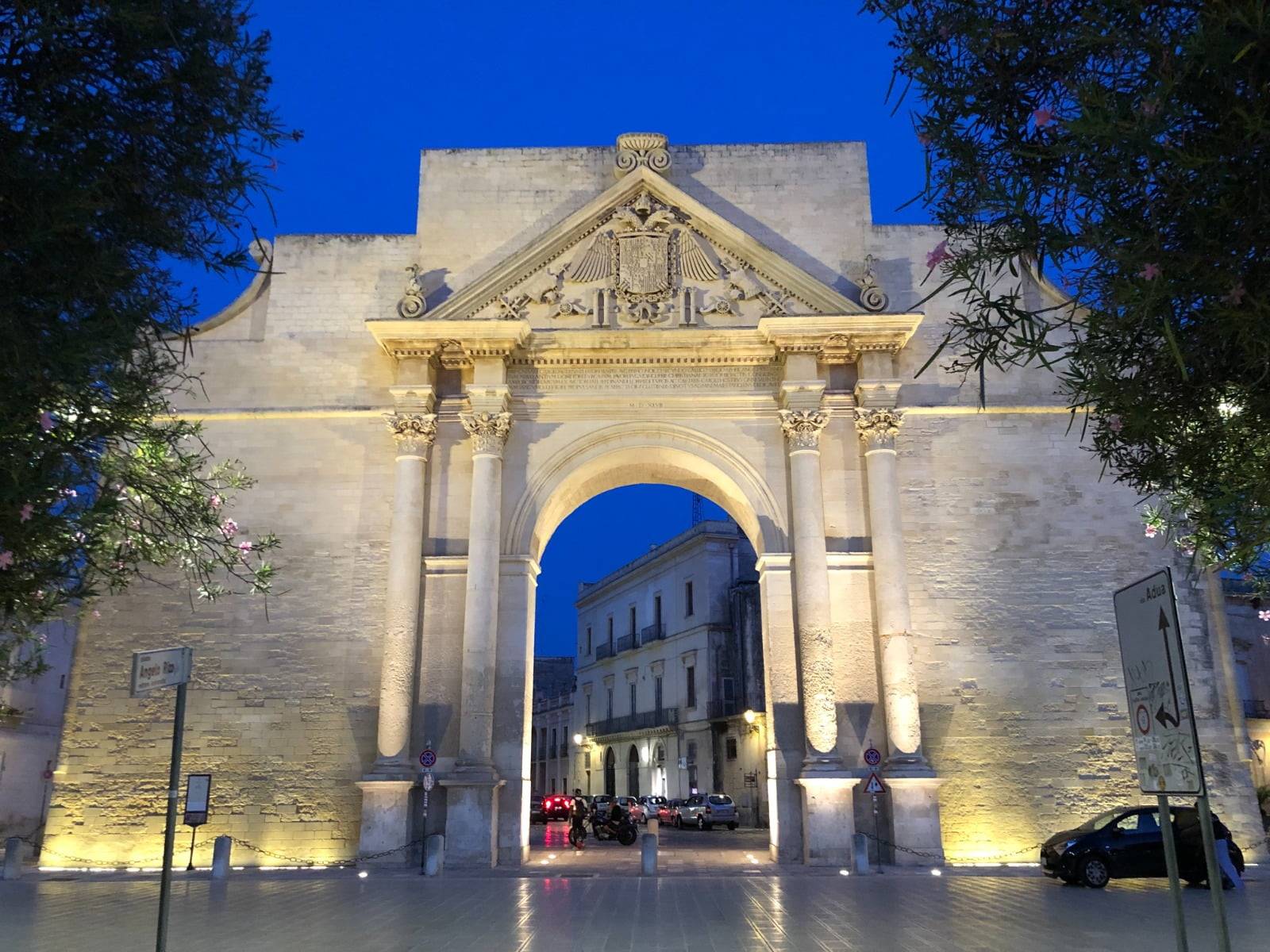
Porta Napoli in Lecce
An iconic gateway in Lecce, that served as a historic entry point to the city’s old town. Also known as the Triumphal Arch, it was built in the mid-16th century to commemorate Emperor Charles V’s visit. The arch’s Neoclassical design and intricate details make it a significant architectural landmark, welcoming visitors into Lecce’s rich cultural heritage. Its strategic location at the end of Corso Vittorio Emanuele, one of Lecce’s main streets, makes it a symbol of historical continuity and a bridge between the past and present.
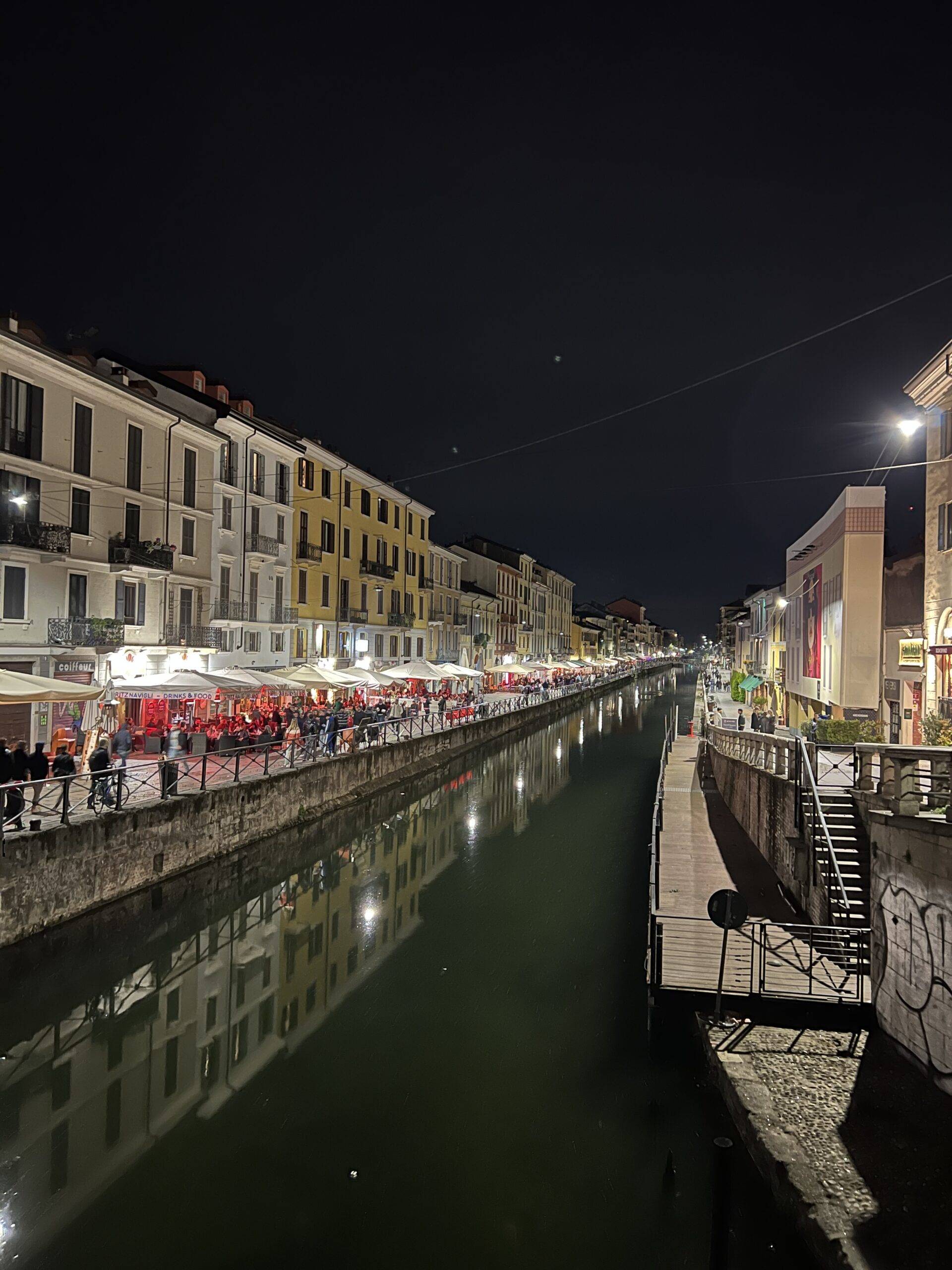
7 Most Instagrammable Places in Milan
Milan: A City That Wows in Aesthetics! If I were to sum up Milan for
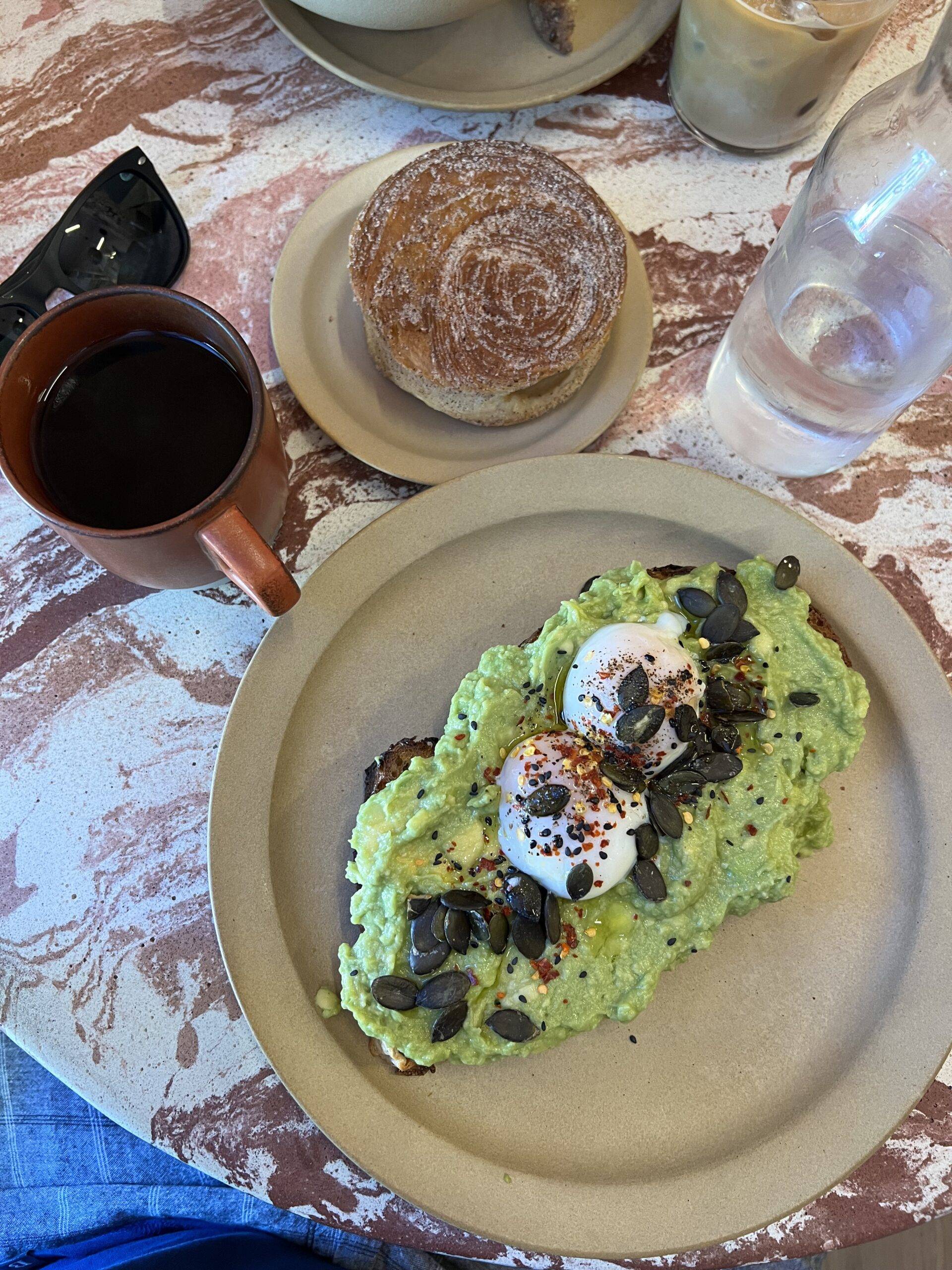
Brunch in Milan
While brunch is a huge thing in the USA, across Italy, people have not really
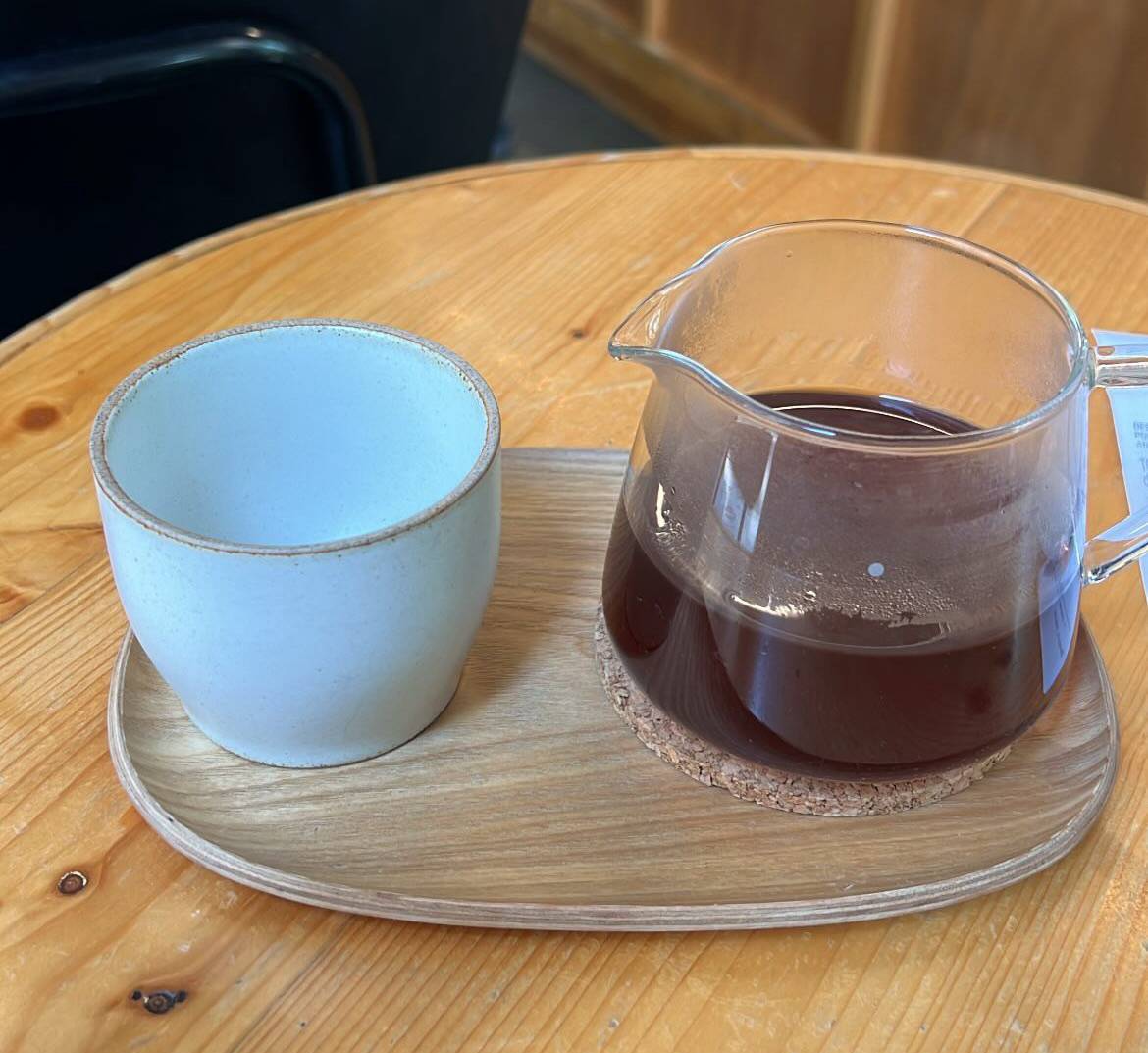
Speciality Coffee in Milan
Besides Milan being one of the most fashionable cities, it is also a place where

